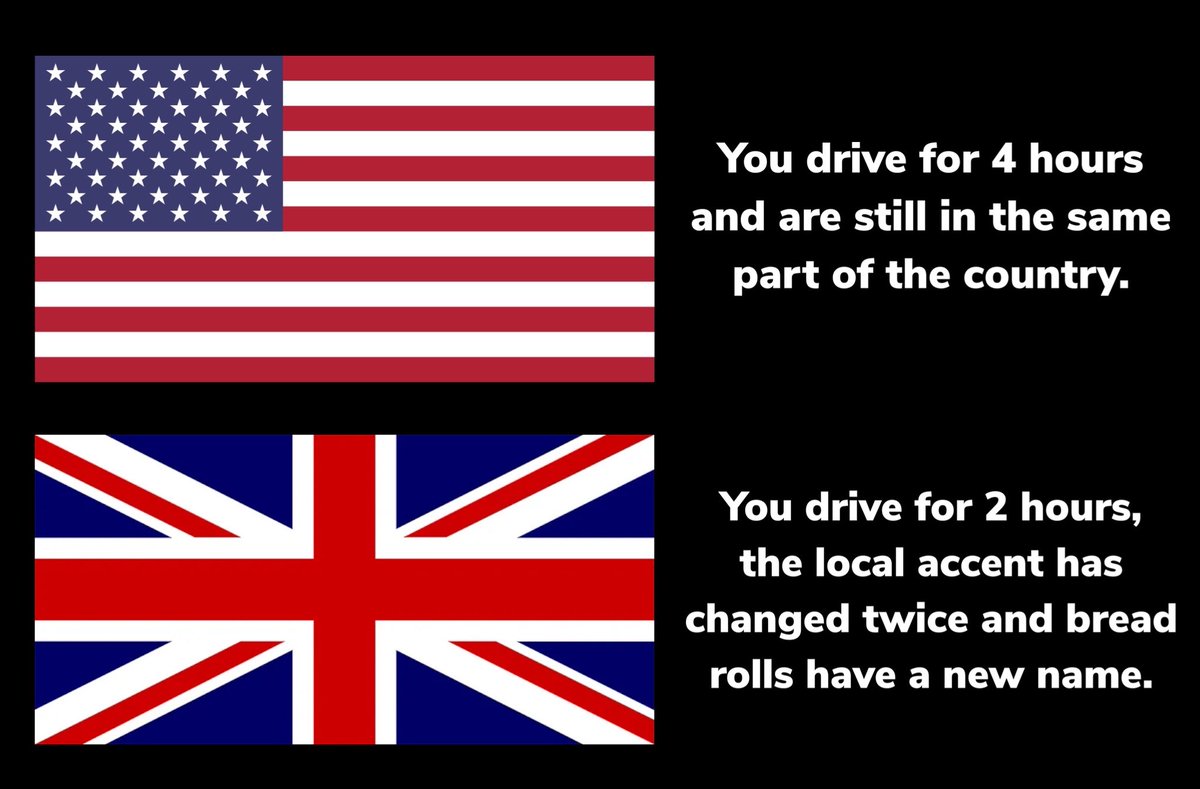this post was submitted on 11 Oct 2023
1148 points (96.6% liked)
memes
11343 readers
3071 users here now
Community rules
1. Be civil
No trolling, bigotry or other insulting / annoying behaviour
2. No politics
This is non-politics community. For political memes please go to [email protected]
3. No recent reposts
Check for reposts when posting a meme, you can only repost after 1 month
4. No bots
No bots without the express approval of the mods or the admins
5. No Spam/Ads
No advertisements or spam. This is an instance rule and the only way to live.
A collection of some classic Lemmy memes for your enjoyment
Sister communities
- [email protected] : Star Trek memes, chat and shitposts
- [email protected] : Lemmy Shitposts, anything and everything goes.
- [email protected] : Linux themed memes
- [email protected] : for those who love comic stories.
founded 2 years ago
MODERATORS
you are viewing a single comment's thread
view the rest of the comments
view the rest of the comments

Oh yes, there's definitely a political element to it, driven (no pun intended) by business desires. I just read on Lemmy today that Michelin Tire Company started reviewing restaurants and awarding stars hoping to motivate people to drive further for culinary experiences. Driving further meant more wear on their tires, and thus more profit. That's the kind of genius marketing plan that I don't see very often today, and is a great example of those business influences at work.
Some more fun anecdotes relating to car dependency.
In the US, one very well-known city planner would deliberately build overpasses too low for buses to go under them on routes to the beach, to prevent poor people (read: black people) from being able to go to the beach.
The notion of "jaywalking" is also invented whole-cloth by the car industry. Prior to that, streets were a place that people could walk or ride safely, cross wherever the want, or even just hang out and maybe just get out of the way if someone wants to get by. A "jay" was an insult sort of like "loser".
Their older history is not a significant factor in European cities being more walkable/cyclable. In fact, thanks to the impact of WWII, many European cities had to be rebuilt and are those in some ways younger than significant American, Canadian, and Australian cities. The Netherlands, often the posterchild of walkability and cyclability, was heading very much in the same direction as the US in the post-war period, up until the Stop de Kindermoord movement of the 1970s started a versal of that trend. And even then, it wasn't a complete 180. Government votes supportive of stopping the child murder only barely won out over car-dependency, and many local businesses and entrenched interests were just as staunchly opposed to improved design in the Netherlands as they so often are today in places like America and Australia.
It's definitely possible for car-dependent cities and countries to improve. It just requires people supportive of change to speak up. Convince others to also be supportive. Most importantly, contact your representatives and vote for people who can be convinced to do better.
I'd heard the Michelin story repeated a couple of times by a friend, and it sort of checks out. The Michelin Guide was originally more a general guide for French motorists in 1900, to increase said demand for driving and therefore their tires, although when the restaurant section became more popular, they started hiring anonymous reviewers in the 20s and then eventually awarding stars about 30 years after the initial publication.
1 star : "A very good restaurant in its category" (Une très bonne table dans sa catégorie) 2 stars : "Excellent cooking, worth a detour" (Table excellente, mérite un détour) 3 stars : "Exceptional cuisine, worth a special journey" (Une des meilleures tables, vaut le voyage)
So it's not as if it was a masterminded plan, a decent marketing tool just sort of evolved into a restaurant reviewing guide.